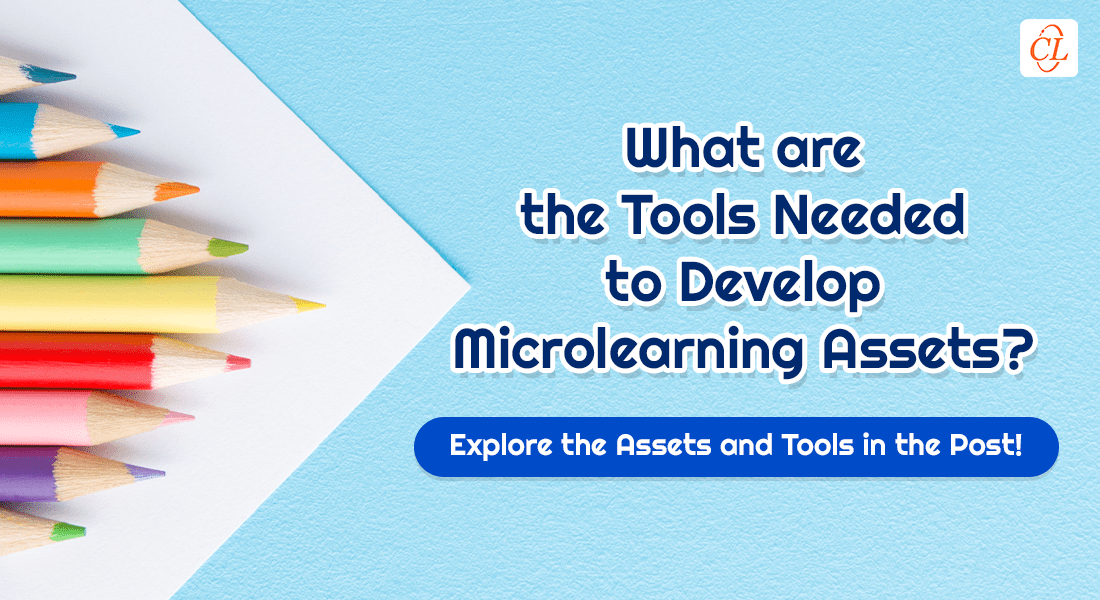Microlearning Best Practices to Ensure It Takes Off!

What if the world is going to end tomorrow? What if your training program fails to deliver what it is meant to? I am sure you are more bothered about the second scenario. Given your sales reps’ busy schedules and mobile careers, training them is a pain. But there is a training technique that can be taken in bites, without consuming much of your sales reps’ time. That’s Microlearning! Its short modules help your reps learn just-in-time. Microlearning can be a buddy in training your workforce, provided you follow the best practices. Let’s see what they are.
1.2.3.4…Microlearning Best Practices
- Analyze learning needs
- Don’t miss on content comprehension
- Ensure mobile compatibility
- Use an LMS for offline LMs
Microlearning Best Practices
Analyze learning needs to design microlearning
For any training program to be successful, you need to analyze the specific needs of the learners. One size does not fit all, similarly, one training program does not fit all. For instance, a sales rep may need to undergo a product training to know the features of the product so that he can suggest a right product to the customer whereas, a service technician may have to undergo a product training to understand the various parts of the product so that he can assemble them or repair them when required.
So, they would be entitled to different training programs, based on their individual training needs. The first microlearning best practice is identify that discrete learning objective before you design a microlearning module.
Don’t miss on content comprehension
For microlearning to be effective, this is a mustn’t skip best practice. You need to do a thorough content analysis and identify relevant content. These modules need to be designed with a logical flow and engage learners. They should be crisp and clear. Content chunking is very important to design effective microlearning. This allows you to break the content into tiny, bite-sized bits that are easily digestible.
Taking the gist out of lengthy PDFs is definitely no child’s play. The best practice would be not to load microlearning modules with excess content. You can provide access to detailed descriptions and other nice-to-know content through hyperlinks. To reduce cognitive load on the learner, you can opt for images instead of text, as images get registered in the memory faster than words. Apart from images, bulleted lists, infographics, a short animation, or a short story can also give you the best learning outcome.
Ensure mobile compatibility of microlearning
It is a good practice to consider mobile compatibility while designing a microlearning course, as your workforce can have an easy access to it. Especially, your sales reps who are tech savvy and constantly on the move, can go through them anytime, anywhere. This offers them the liberty of learning at their own pace and when they need it the most.
Use Moodle for offline access
Moodle is now compatible with all mobile devices and accessible offline. Hence, microlearning modules can be accessed offline through mobile apps with an offline player. Your sales reps can download microlearning courses and take them in their downtime. This helps sales reps access the course even from remote areas.
Microlearning can be an effective training tool when aided with these best practices. Hence, develop microlearning modules after analyzing your audience and content, keep them short and to the point by chunking content, and make them available on mobile platforms. This will push your training stress to the backseat.



![What Microlearning Is and What It Isn’t! [Infographic]](https://blog.commlabindia.com/hubfs/Imported_Blog_Media/microlearning-quick-reference.png)

![Microlearning Trends to Look Out For in 2024 [Infographic]](https://blog.commlabindia.com/hubfs/blogs/microlearning-trends-look-out-for-info.jpg)